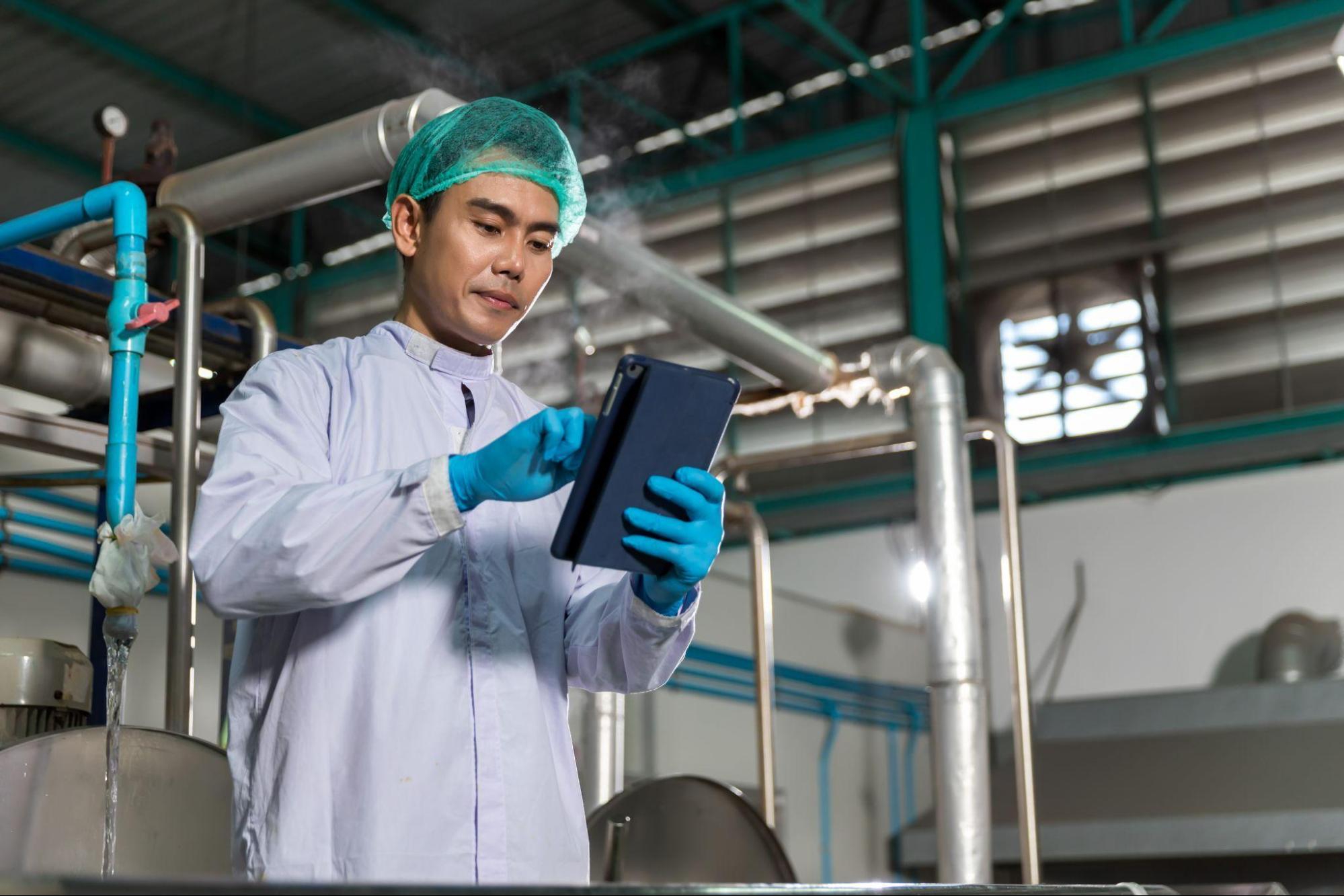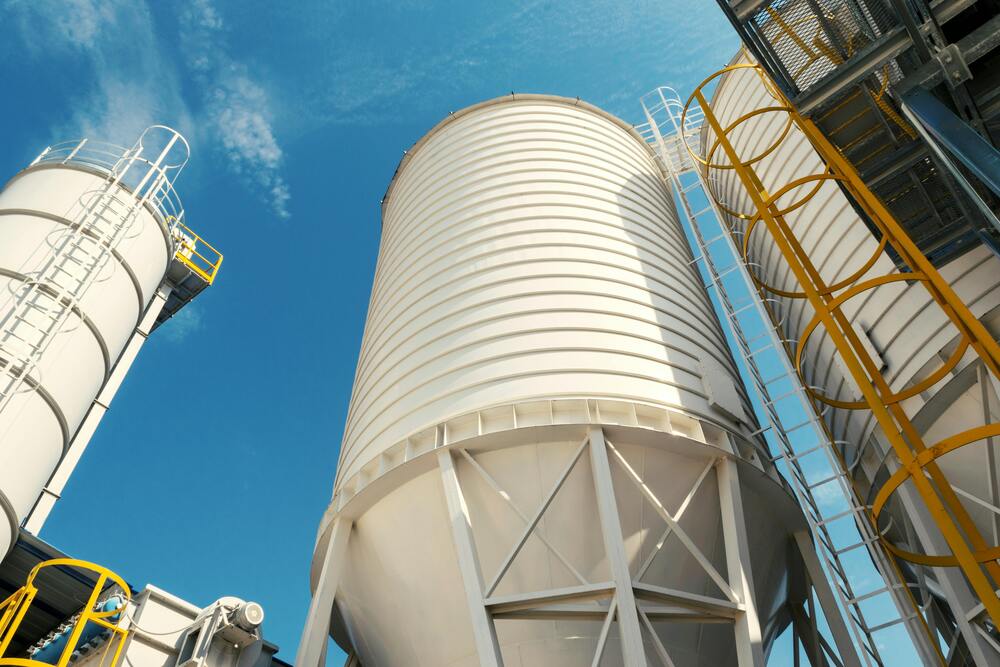Pneumatic conveying systems have become a popular choice for numerous powder processing companies. Their ability to efficiently move bulk powder through the system and their ability to be customised to meet specific plant and material requirements make them highly sought-after in various industries.
However, while pneumatic conveying systems offer numerous advantages over other types of conveying systems, such as mechanical conveying systems, they may not be suitable for every application. In this blog, we will explore the pros and cons of pneumatic conveying equipment, helping you determine if it aligns with your business needs.
Pros Of Using Pneumatic Conveying Equipment
1. Safer And Lesser Maintenance Needed
Pneumatic conveyors have fewer moving parts compared to mechanical systems, resulting in reduced maintenance requirements. The simplicity of their design not only makes them easier to maintain but also presents a safer option for operators and maintenance workers.
2. Decrease In Spillage And Leakage
Pneumatic powder conveying systems utilise enclosed pipelines, effectively containing product and dust, minimising spillage and leakage that might occur in mechanical conveying systems.
3. Reduced Chance Of Product Contamination
Thanks to the enclosed pipeline, pneumatic powder conveying systems significantly reduce the risk of product contamination. The cleanliness of the plant is maintained, and the pipelines can be easily cleaned and dried using CIP cleaning.
4. Increased Flexibility
Pneumatic conveying systems can be custom designed to fit around existing powder processing equipment, offering greater flexibility and taking up less space than mechanical conveying systems. They also allow for multiple infeed and destination points, as well as longer conveying distances.
Cons Of Pneumatic Conveying Equipment
1. Consumes More Power
Pneumatic conveying systems rely on an air stream to move powder products, often resulting in higher power requirements to achieve the necessary air pressure. If the vacuum or pressure pumps are sized correctly however, this discrepancy becomes minimal.
2. May Need Larger Dust Collection System
Due to the need to separate the product from the conveying system’s air stream at destination points, pneumatic powder conveying systems often require larger dust collection systems. There have been integrated designs developed to overcome this challenge.
3. May Not Be Ideal For Certain Materials
While excellent for lower density bulk powders like flour and sugar, pneumatic conveying systems may not be suitable for materials with larger particle sizes or those that are extremely sticky. Materials with high fat content, for instance, can cause buildup in the pipeline and require special precautions due to combustible dust hazards. Once again, this can be overcome by incorporating dehumidification systems and ATEX-rated (explosion proof) equipment into your system.
Embrace The Power Of Pneumatic Conveying With Pneu Powders Systems
Despite the cons, the advantages of pneumatic conveying equipment outweigh the drawbacks, making it a valuable choice for many businesses. If you are seeking a reliable supplier with over thirty years of experience, Pneu Powders Systems is your ideal partner. Our expertise as a manufacturer in designing, customising, and supplying pneumatic conveying and powder handling equipment is unmatched. We offer a range of solutions integrating purpose-built equipment for conveying, mixing, blending, distribution, and packing of granular and powder products.
At Pneu Powders Systems, we not only manufacture, supply, and install equipment but also provide comprehensive support, maintenance, and training. For businesses in Singapore seeking high-quality pneumatic conveying solutions, contact us today to enhance your powder processing operations.




